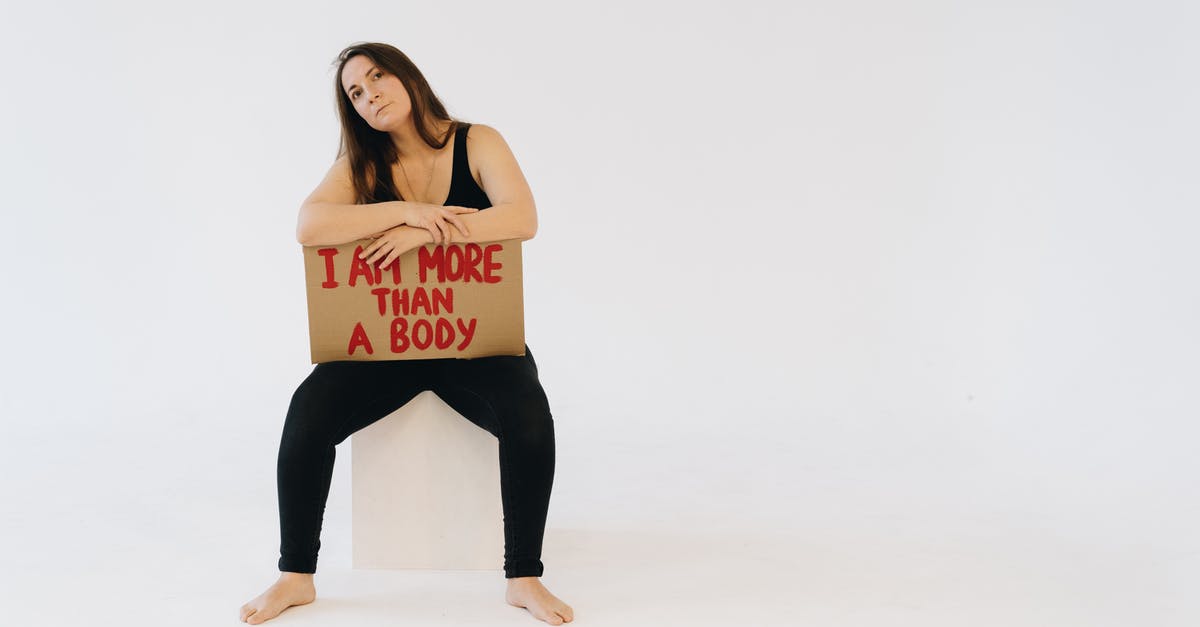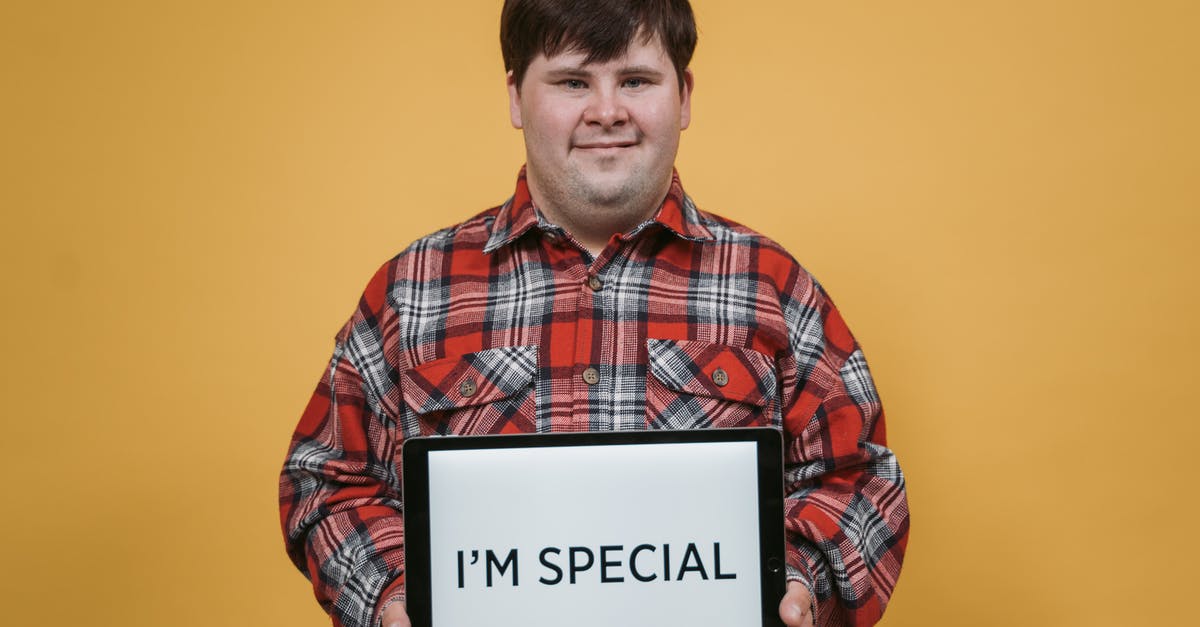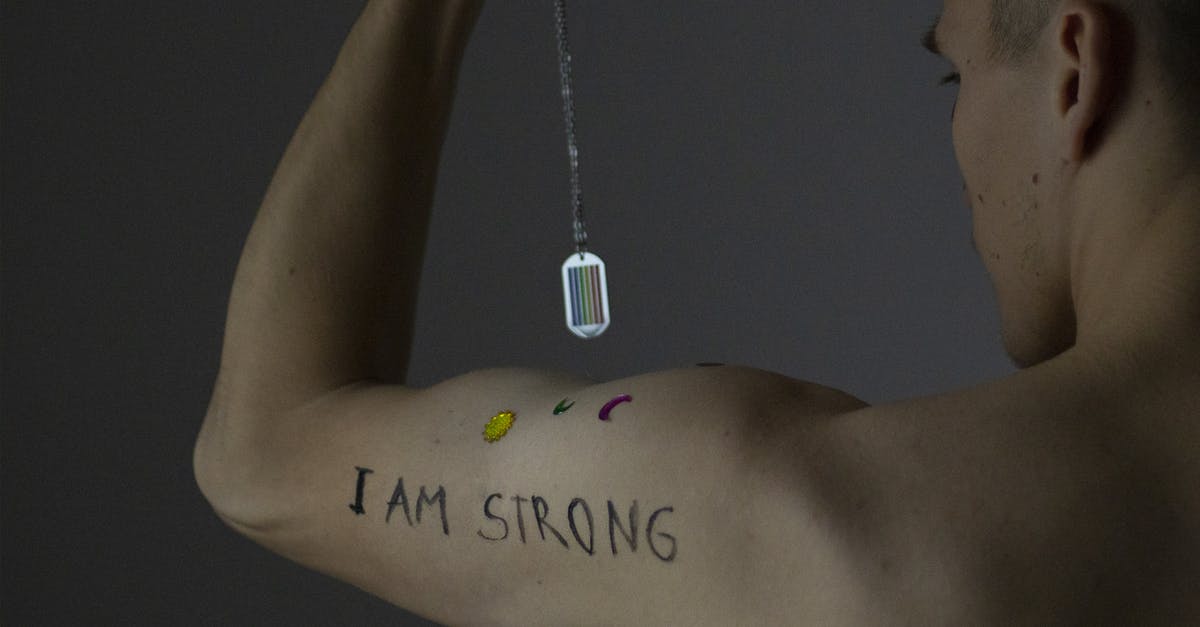How to know if I am stopping sharpening too early?

I'm having trouble sharpening my knives, and I'm wondering if it's just that I haven't put in enough time. I've tried spending ~5 minutes per knife at one stroke per ~3 seconds, following all the advice I could find online, but no one seems to give any estimate of how long it normally takes to get moderate sharpness.
When I am sharpening a knife by hand with a (dry, high grit) sharpening stone, how do I decide when to stop? When I see unsatisfactory results, how do I know if it will get better if I continue, or if the problem is elsewhere?
Best Answer
So I had to reword the question from "how long does it take to sharpen a knife" to something more answerable, but I am afraid the answer will still be disappointing for you.
- It takes as long as it takes - we cannot give you a length of time after which it should be ready. You have to recognize by yourself if the knife is ready or not.
- The ability to tell whether your bad results are caused by not spending enough time, or by something else, comes somewhat slower than the ability to sharpen a knife properly. So you cannot use "time spent" to control your learning process.
I hope that the reactions you saw to the question (including my own answer) will not discourage you. It is great that 1) you are picking up a new skill, and 2) trying to actively troubleshoot it by making a hypothesis about what is going wrong, and then acquiring more information about whether this could be the right reason, and 3) looking for that information somewhere (for example here on the site) instead of trying to figure everything out by yourself. I will try to explain why it is so difficult, so at least you can better what you are facing, even though I can't offer you a viable solution.
Sharpening a knife is a skill. It is not learned in the sense we learn stuff in school using declarative memory ("Charles the Great lived in the 7th century CE"), it is learned by training. And unlike a skill which requires you to only interact with information (such as being able to multiply two numbers) it is a skill that requires you to interact with physical objects, and because of that, anything you can learn from information-only channels such as websites will only be of limited information.
The best way to learn how to sharpen a knife is to observe how somebody sharpens it, and then try to repeat it - basically, apprenticeship. The second best is if you only try by yourself, but have somebody who can evaluate your results, and recognize what you are doing wrong. You chose a third way - read the theory, then try it for yourself. This is a viable way of learning, but it is very time consuming, especially at the beginning, when you get almost no successful attempts. (And in my experience, knife sharpening is a skill with an especially high rate of botched early attempts). And while you are so early in the process, you don't know what is the right way to do it. Then will come the phase in which you have some successful attempts and some unsuccessful ones, but you will not have yet built the experience of what causes your good attempts to be good and the bad ones to be bad. And only later will you be able to recognize this, but that comes after you have a great rate of good attempts. So don't expect to be able to correct yourself at tbe beginning, trial and error involves a big deal of random variation and boneheaded persistence.
To address your exact troubleshooting idea again - you are quite right that there are times which are way too short for sharpening. Even the best world expert will not be able to sharpen a blunt knife with two strokes, nor be able to do the necessary number of strokes in two seconds. But this just means that there is some lower limit for the time necessary. Where this limit lies exactly (and exactness is actually impossible here, because there are tons of factors we are not holding constant) is rather immaterial for your case, because at the beginning, you will be doing many more wrong strokes than right strokes, so your first successful attempt (and "success" is also not a binary thing here!) will take a lot longer than the theoretically possible limit. So you should be going at it for a long time at first, and the shortest possible time doesn't affect what your shortest time you should train per knife. At the other end, it does not help you decide on the longest time per knife either - to oversimplify it, if you are doing 100 wrong strokes per 100 right ones, you will never get ready and should stop, but if you are doing 99 wrong strokes per 100 right ones, you will get a successs eventually (taking you about 100 times longer than it would take an expert stroking at your rate) and should continue. And since you cannot recognize if you are doing wrong or right strokes, you cannot recognize if you are caught in the endless situation or in the slow-advance situation.
Summary: forget thinking about time. Just invest all the effort this kind of training requires, or take the working shortcut of working with an experienced trainer.
Pictures about "How to know if I am stopping sharpening too early?"



How do you know when to stop sharpening a knife?
You'll know to stop sharpening your knife when you feel the burr on both sides of the blade. The last step in sharpening is to remove the burr. This is done by simply repeating the same steps, only this time with less pressure.What happens if you sharpen a knife too much?
The edge gets thicker. Each time you sharpen a knife, a bit of the edge gets worn away. Eventually, the edge will become thick and wedge-like behind the main bevel.How long should you sharpen your knife for?
Ideally, you should sharpen your knife while it is still relatively sharp. If you do this, the knife will only need five or ten minutes against the stone to sharpen. If you put off sharpening until the knife is truly dull, then you will need to spend significantly more time.How many times pull-through knife sharpener?
How do you use a pull-through knife sharpener? You sharpen your knife sets by pulling your knives through one or multiple slots. You place the heel of a knife in the slot and pull it towards you. You repeat this - depending on the abrasive used - about ten times, with incredibly fast results.The best way to tell if your knife is sharp (stop cutting paper)
More answers regarding how to know if I am stopping sharpening too early?
Answer 2
Sharpen one side of your knife. Stop when you create a burr on the edge; that is, when the edge curls over. It is difficult to see, but you can feel it if you carefully slide your finger against the blade. Flip the knife and sharpen the other side to remove the burr. Then hone. There is no way to tell you how long this will take, given the variables pointed out in the comments.
Answer 3
In terms of time, it depends on many factors:
- the stone
- the steel
- the angle
- the pressure
- the degree of existing 'bluntness' etc
So we can't give you an exact answer.
However, the answer is when there is a burr.
Its haRd to feel a burr even with finger tips, so you can use the fingernail test. Here is a good guide.
Sources: Stack Exchange - This article follows the attribution requirements of Stack Exchange and is licensed under CC BY-SA 3.0.
Images: olia danilevich, cottonbro, MART PRODUCTION, Alina Blumberg
